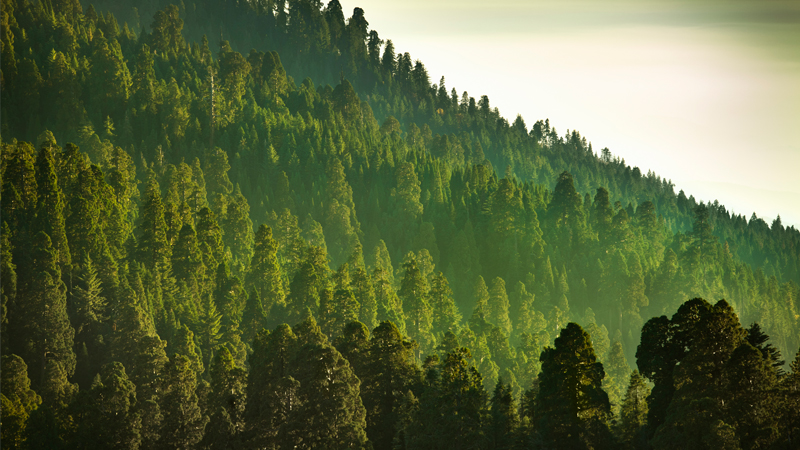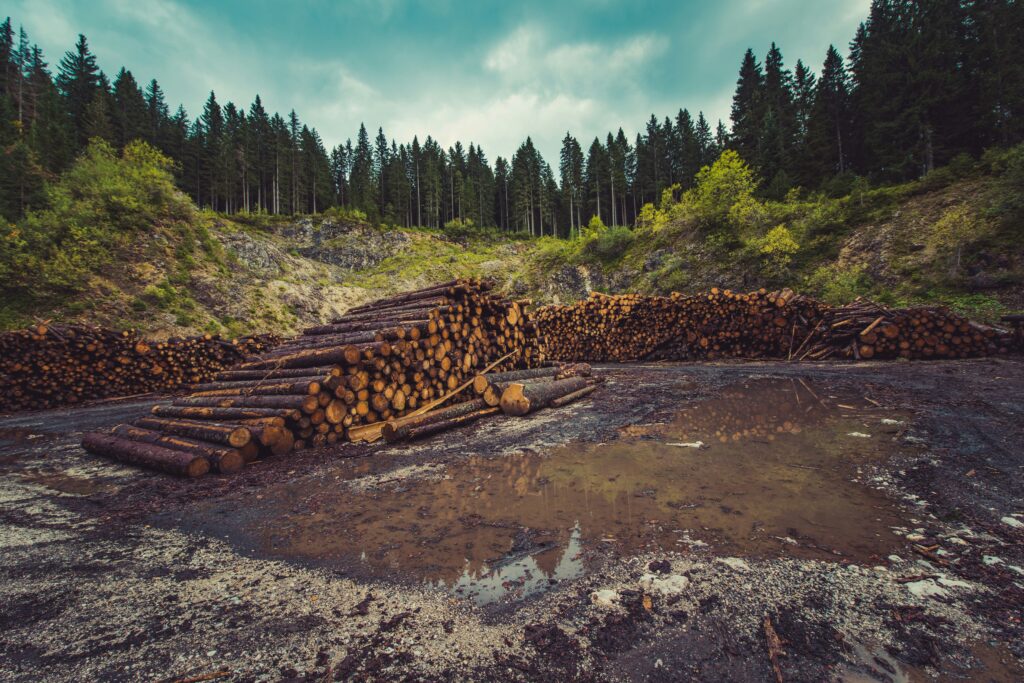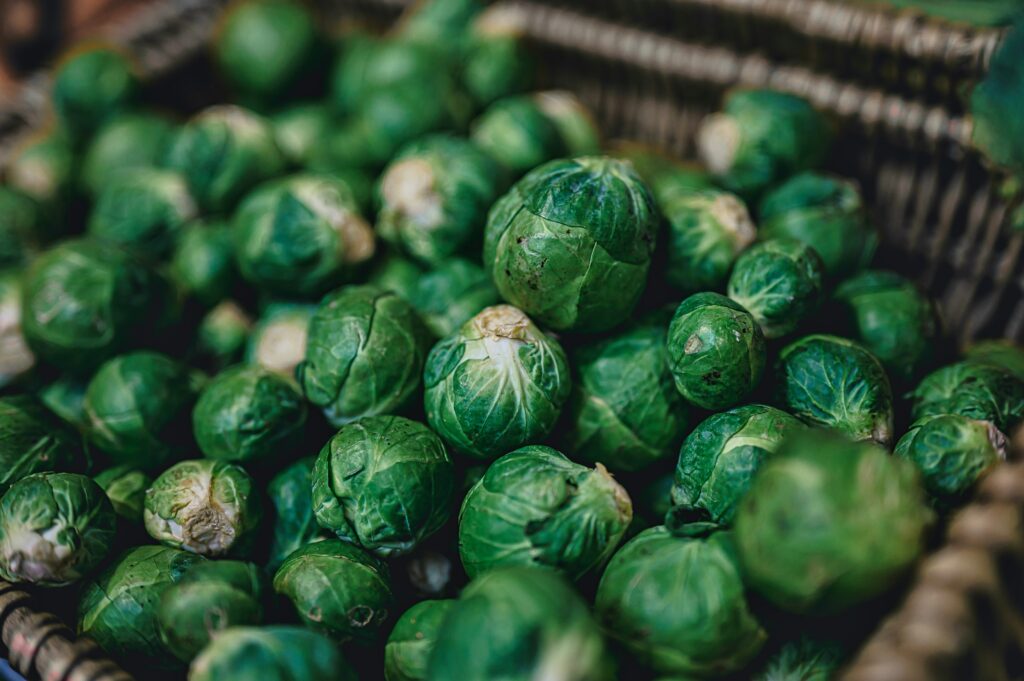A study from no less prestigious an institution than Harvard finds that CO2 is good for trees. After much stroking of their learned chins they emerge to tell us higher atmospheric CO2 means trees grow better including old oak trees in New England and, in doing so, absorb CO2. In fact the 25-year study is of Harvard Forest’s century-old oaks that, the press release says, “show no signs of slowing their growth, even as they come into their second century of life.” You go trees. But when they die, the CO2 gets out again. What? The carbon cycle? Why weren’t we told?
Deep thoughts, like old oak trees, conjure up images of an Ivy League campus. Or vice versa. In the fine print, we find that more precipitation and less pollution are also good for trees. Which prompts the thought that no sum is too high for such prestigious and penetrating insight.
Of course where climate change is concerned the news is not allowed to be good. Thus “But the scientists note that what we see today may not be the forest’s future…. The study revealed other seeds of vulnerability resulting from climate change and human activity, such as the spread of invasive insects.” Again, worth knowing but not actually surprising.
On the subject of foreign bugs, the study makes another rediscovery of great importance and obviousness. It says the local hemlocks were also doing well “until the arrival of the hemlock woolly adelgid, an invasive insect, in the early 2000s. In 2014, as more trees began to die, the hemlock forest switched from a carbon “sink,” which stores carbon, to a carbon “source,” which releases more carbon dioxide to the atmosphere than it captures.” So there’s that carbon cycle again.
In case you’re finding our satire heavy-handed, even a bit wooden, allow us here to invoke a piece on CFACT by David Wojick that waxes lyrical about “this amazing fact, that CO2 in the air is the global food supply. Our meat, fruit and veggies, also our candy and ice cream, milk and wine, are built almost entirely from carbon dioxide and water. Everything we eat and drink. There is also a bit of nitrogen, to make protein, plus a bunch of trace minerals and vitamins, but you and I are basically composed of processed H2O and CO2…. The chemistry is complex but the facts are simple (and miraculous). Plants use the energy of sunlight to transform CO2 and water into their food. They both live and grow on this food, just as we do. Animals eat the plants and each other, then we eat both. Thus we all live on processed carbon dioxide.”
So far so good. But then, he complains, “I have seen school lessons that actually teach the carbon cycle without mentioning carbon dioxide. They talk as though plants get their food from the ground, not the air. Even worse, CO2 is demonized as air pollution. The world’s food supply cannot be pollution.”
These days politicians don’t seem to understand that crops grow better with more CO2, especially in places where they don’t grow very well. And even Harvard scientists are surprised that trees flourish in the presence of CO2 and in flourishing absorb the stuff, but release it, along with water, when they die.



Invasive insects are not due to climate change, they are due to globalism, must like rats are in New Zeeland. It makes my head explode when I read such obvious deception!
The rats in New Zealand came with the first Maori settlers, circa 1300 or so. There was nobody else here, so I don't suppose that you could call it colonialism, even if it was a colony.
Though, the Moa may have disagreed.